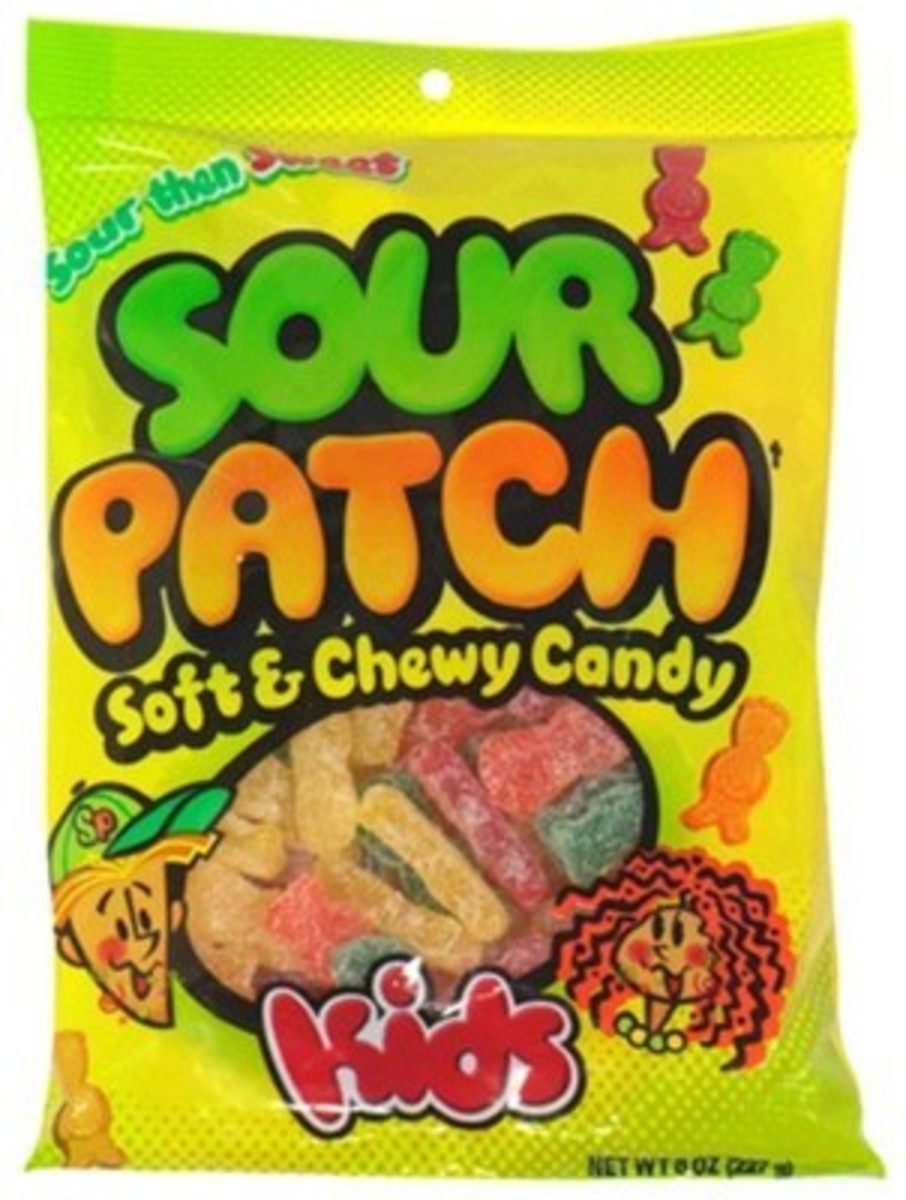Synthetic and Artificial Food Additives - Are They Tested and Safe?

The history of food additives is long and a bit shady. Thousands of food additives and chemicals have gone into our food over the years without testing.
Additives have been used in processed foods to make them more appealing in color, taste, and/or to preserve their shelf life.
There are a significant number that have recently been found to pose health risks after many years of use. In addition, there are hundreds more that are developed each year - most of which do not undergo testing before they are approved to go to market.
Independent, non-government groups have been carefully trying to document what research has been done to offer guidelines on those food additives that are considered safe and those that are not.
Artificial Food Additives and Dyes to Avoid
The following is a list of artificial food additives that several watch dog groups recommend to avoid.
Most have been linked to either cancer or heart disease.
Others, like MSG and HVP, have been identified as neurotoxins. Neurotoxins kill off neurons and have been linked to neurodegenerative diseases.
- ACESULFAME-K
- ASPARTAME (aka Nutrasweet)
- BLUE #2 (artificial coloring)
- BUTYLATED HYDROXYANISOLE (BHA)
- CARAMEL COLORING
- CYCLAMATE
- GREEN #3 (artificial coloring)
- HVP (hydrolyzed vegetable protein)
- MSG (monosodium glutamate)
- OLESTRA (Olean)
- ORANGE B (artificial coloring)
- POTASSIUM BROMATE
- PROPYL GALLATE
- RED #3 (artificial coloring)
- SACCHARIN
- SODIUM NITRATE
- SODIUM NITRITE
- TRANS FAT (partially hydrogenated vegetable oil)
- YELLOW #5 (artificial coloring)
- YELLOW #6 (artificial coloring)
Petroleum-based Synthetic and Artificial Food Additives
There are a number of synthetic and artificial food dyes that are made from petroleum. These dyes pose an increased risk of cancer, allergic reactions and hyperactivity in children. Several of these dyes have been banned in Europe but many have not yet been banned in the U.S. and Canada.
The Center for Science in the Public Interest (CSPI) has a complete report available to the public entitled: Food Dyes: A Rainbow of Risks
An excerpt from CSPI: "Food dyes also serve to deceive consumers: they are often used to simulate the presence of healthful, colorful fruits and vegetables. But considering the adverse impact of these chemicals on children, and considering how easily they can be replaced with safe, natural ingredients, it's time to get rid of them altogether from the United States and Canada."
What Artificial Additives Are In Your Favorite Food?
As I was finishing up this hub, I felt a little hungry and I took a snack break. I almost went for box of granola bars that my husband brought home.
Upon looking at the ingredient list, I found over 35 ingredients - at least 70% of the ingredients listed were artificial additives in that chosen snack food. So, I decided I REALLY did not need a granola bar - an apple would be better. That little tiny bar had a couple of the food additives listed above and dyes, so I decided to skip it.
I challenge you all to take a look at the list of ingredients on some of your packaged food items - how many of the above listed cancer-causing, neuron-killing, heart-stopping additives are crashing your food party?
Related Hubs, Websites and Books That You Might Find of Interest
Processed Meat and Food Additives Linked to Type 2 Diabetes
Examples of Food Additives that Add Life To Food but Shorten "Life"
Hydrolyzed vegetable protein, a toxic food additive
Center for Science in the Public Interest: http://www.cspinet.org/
Environmental Working Group: http://www.ewg.org/









